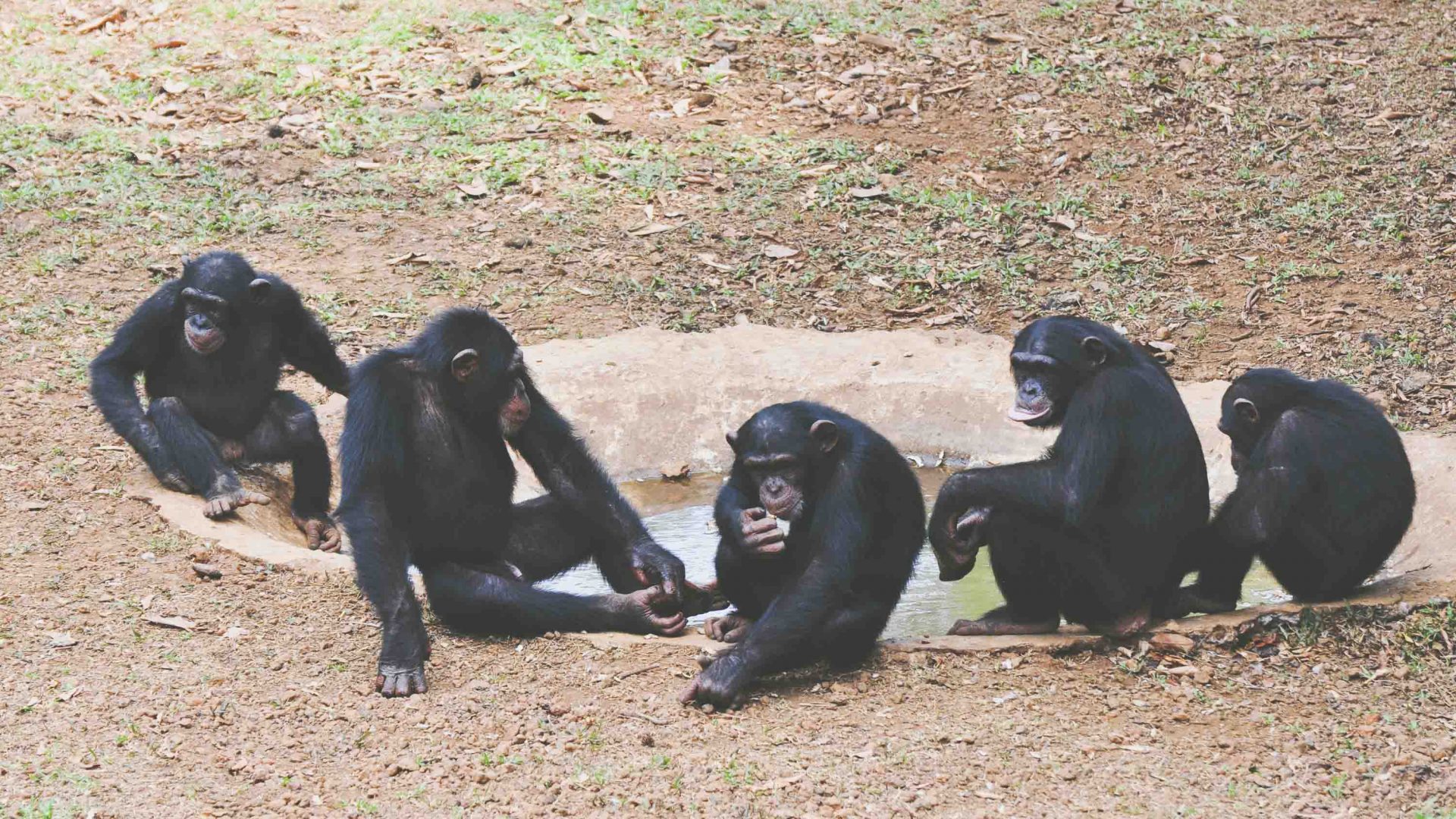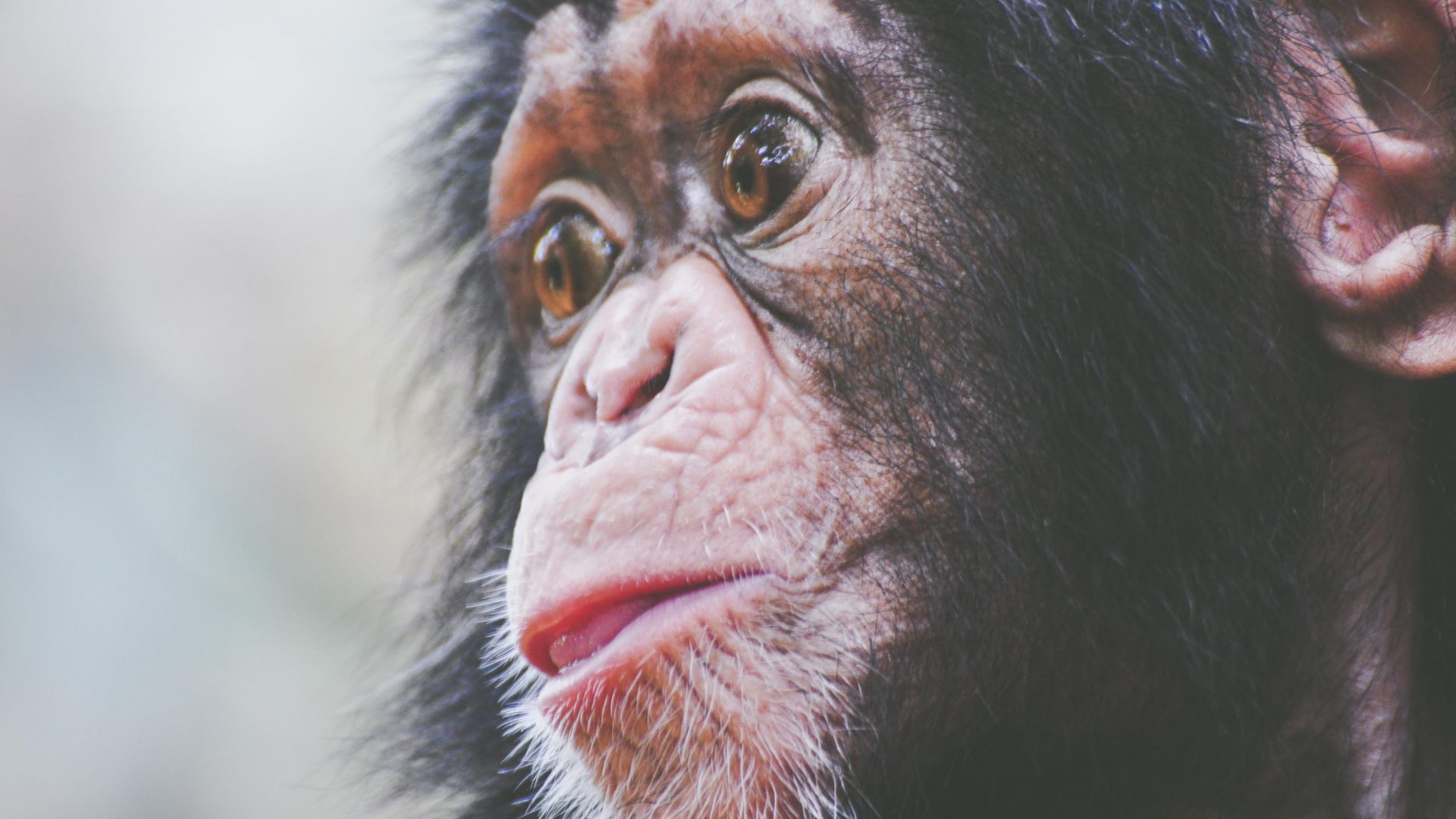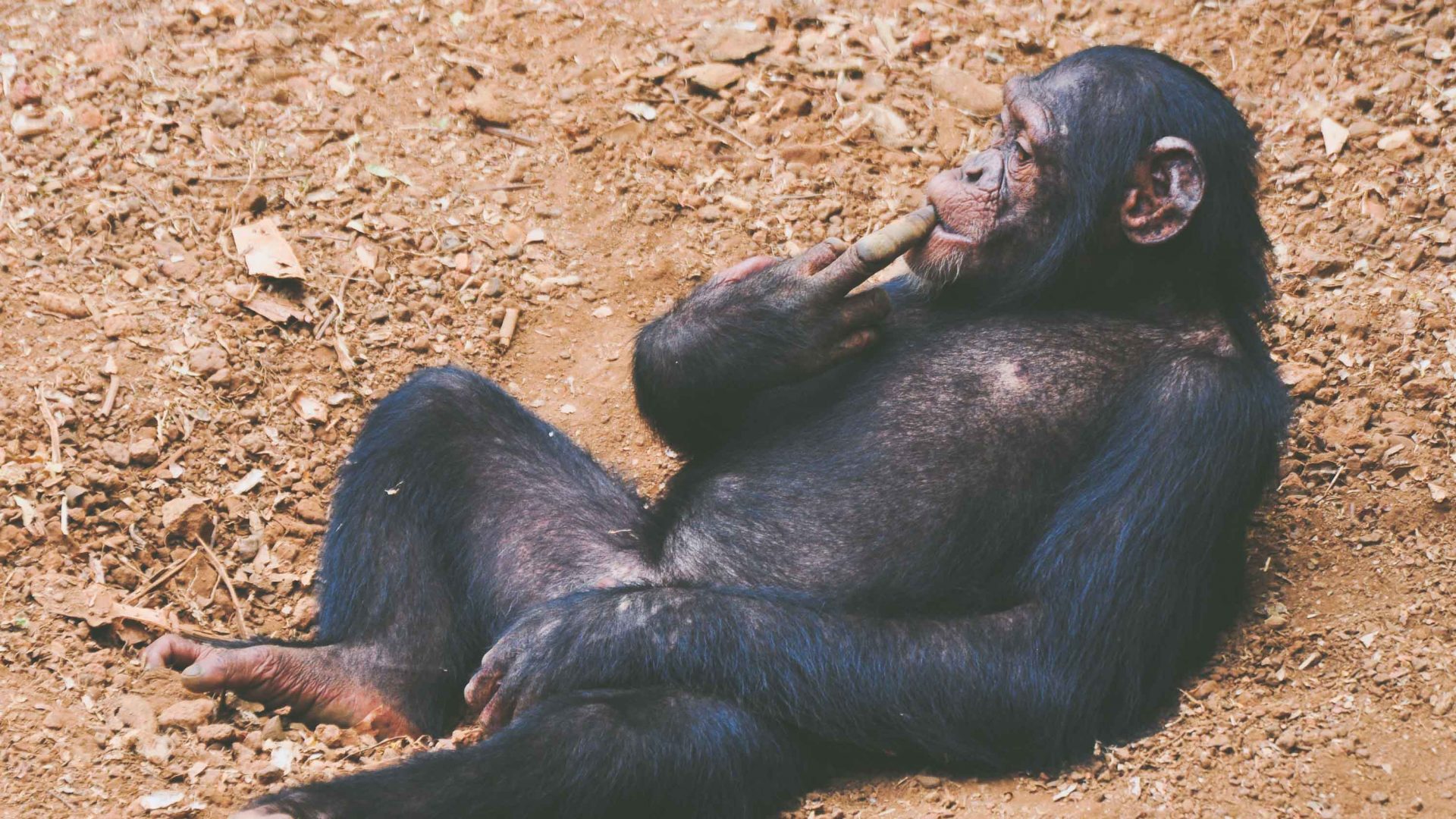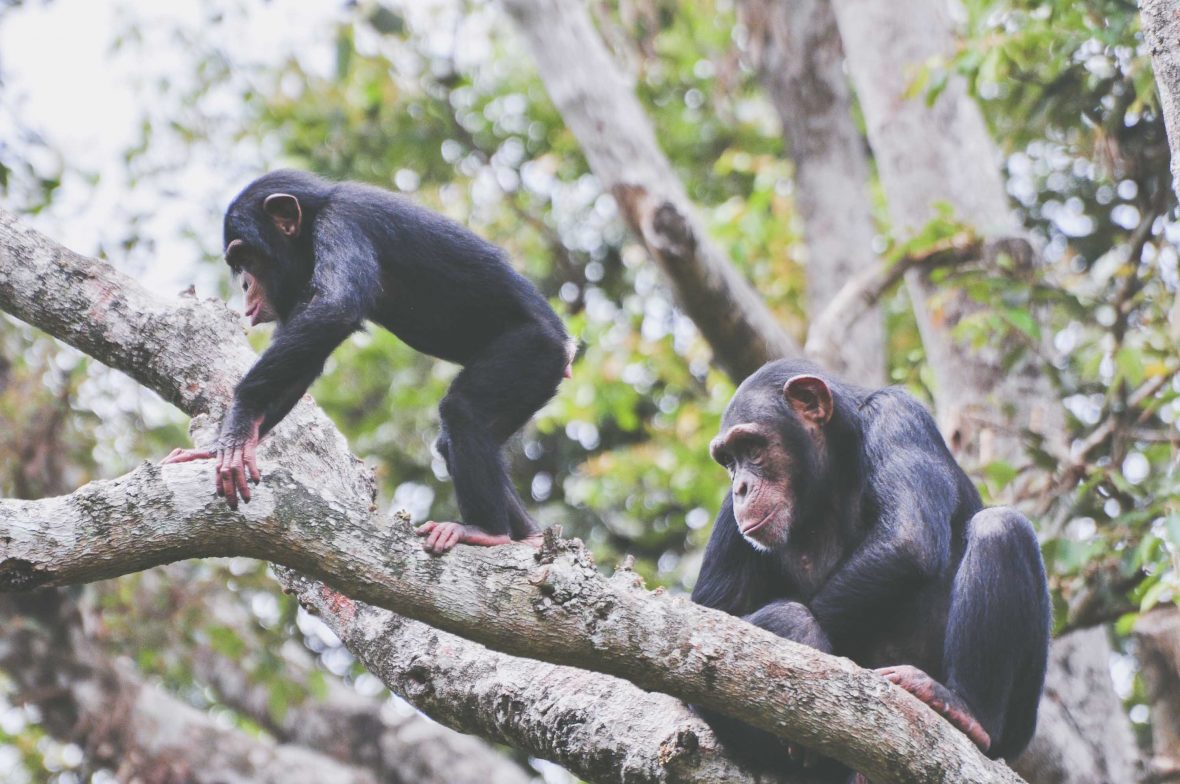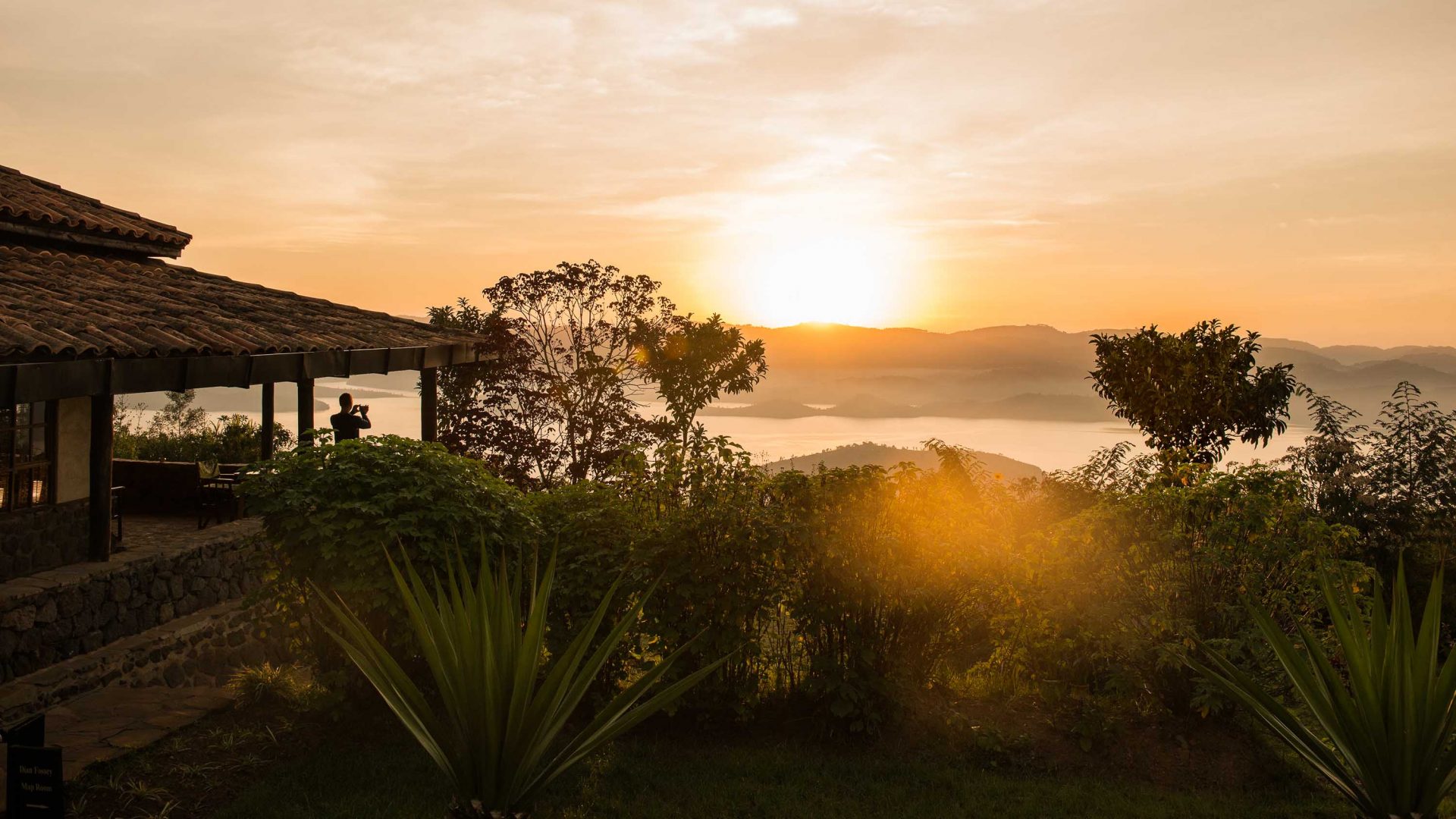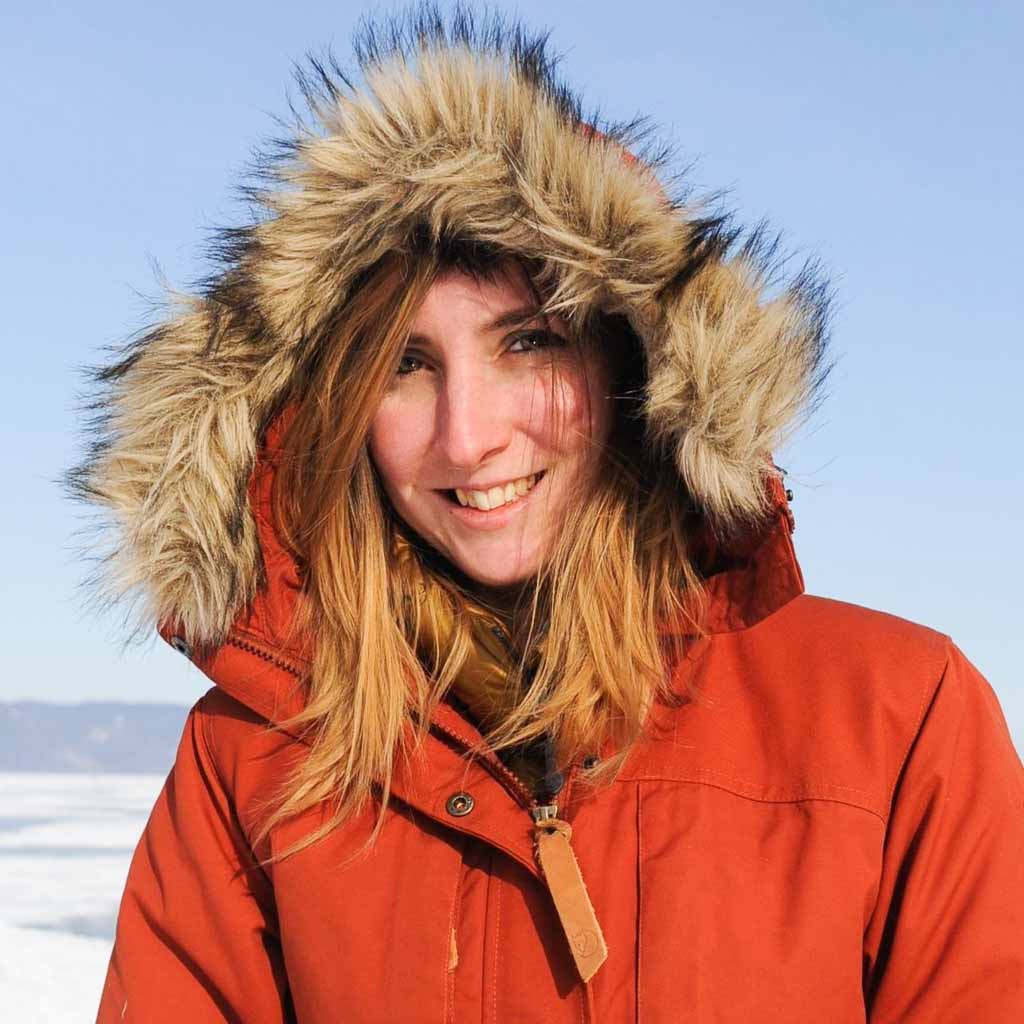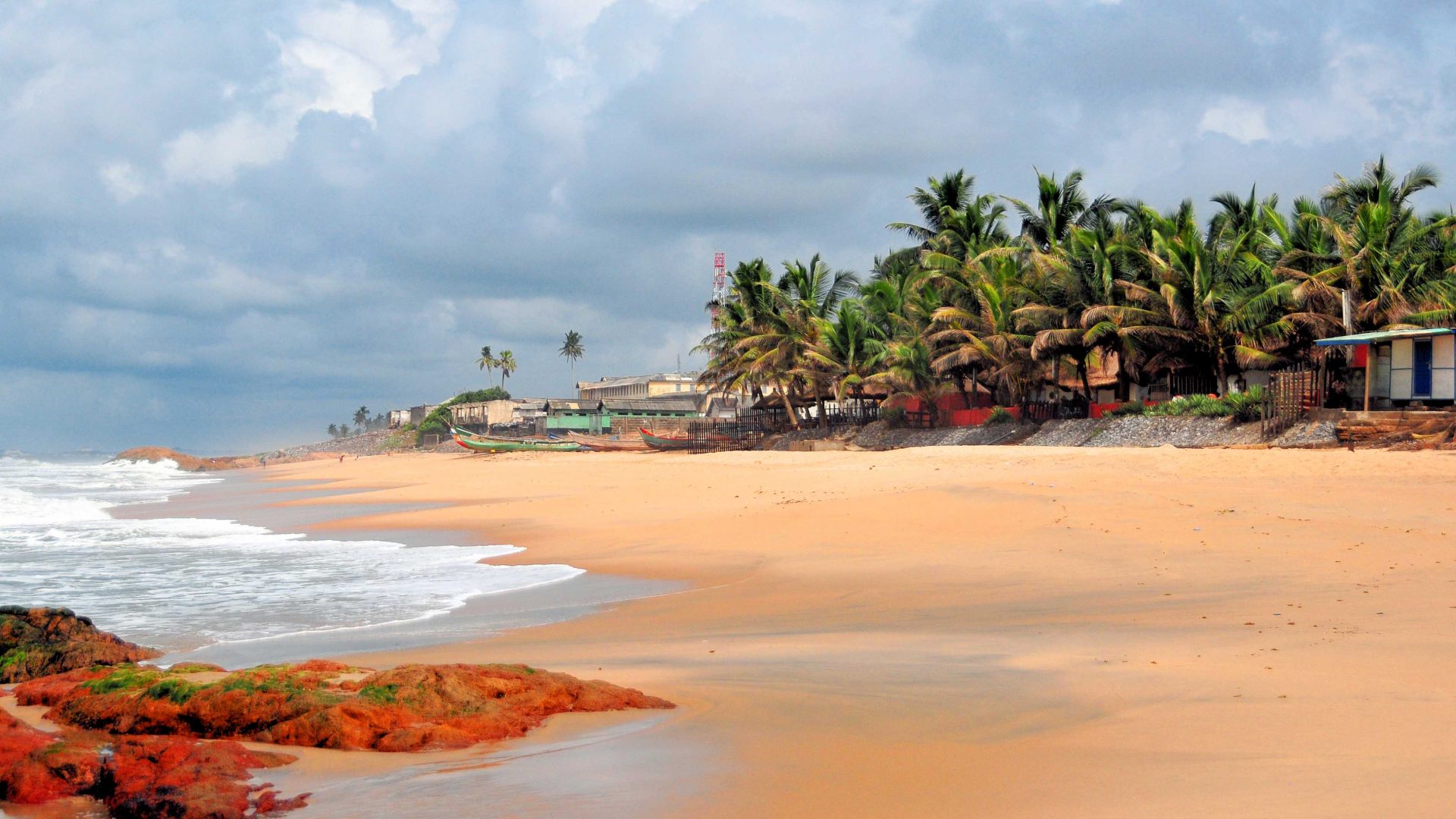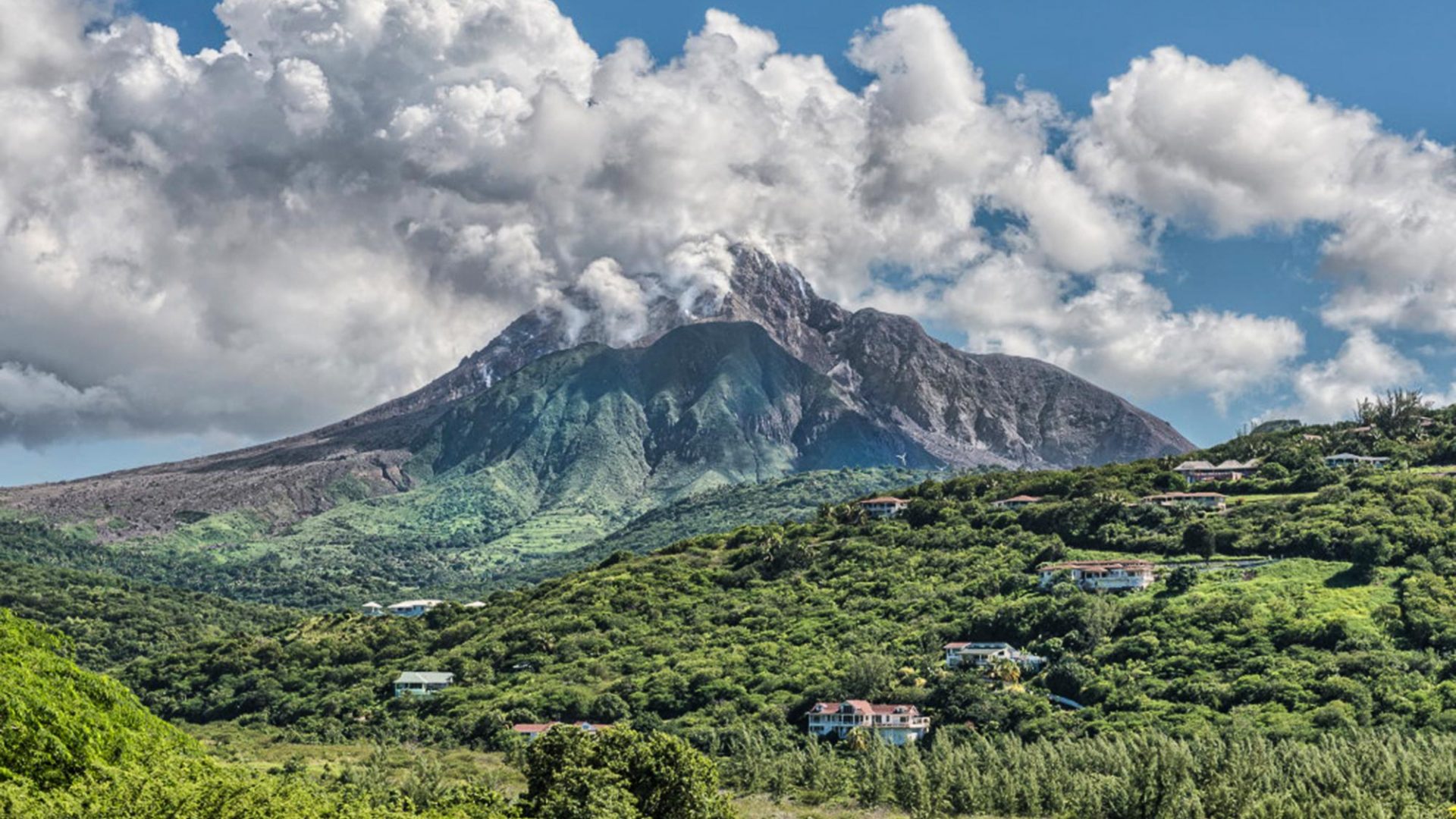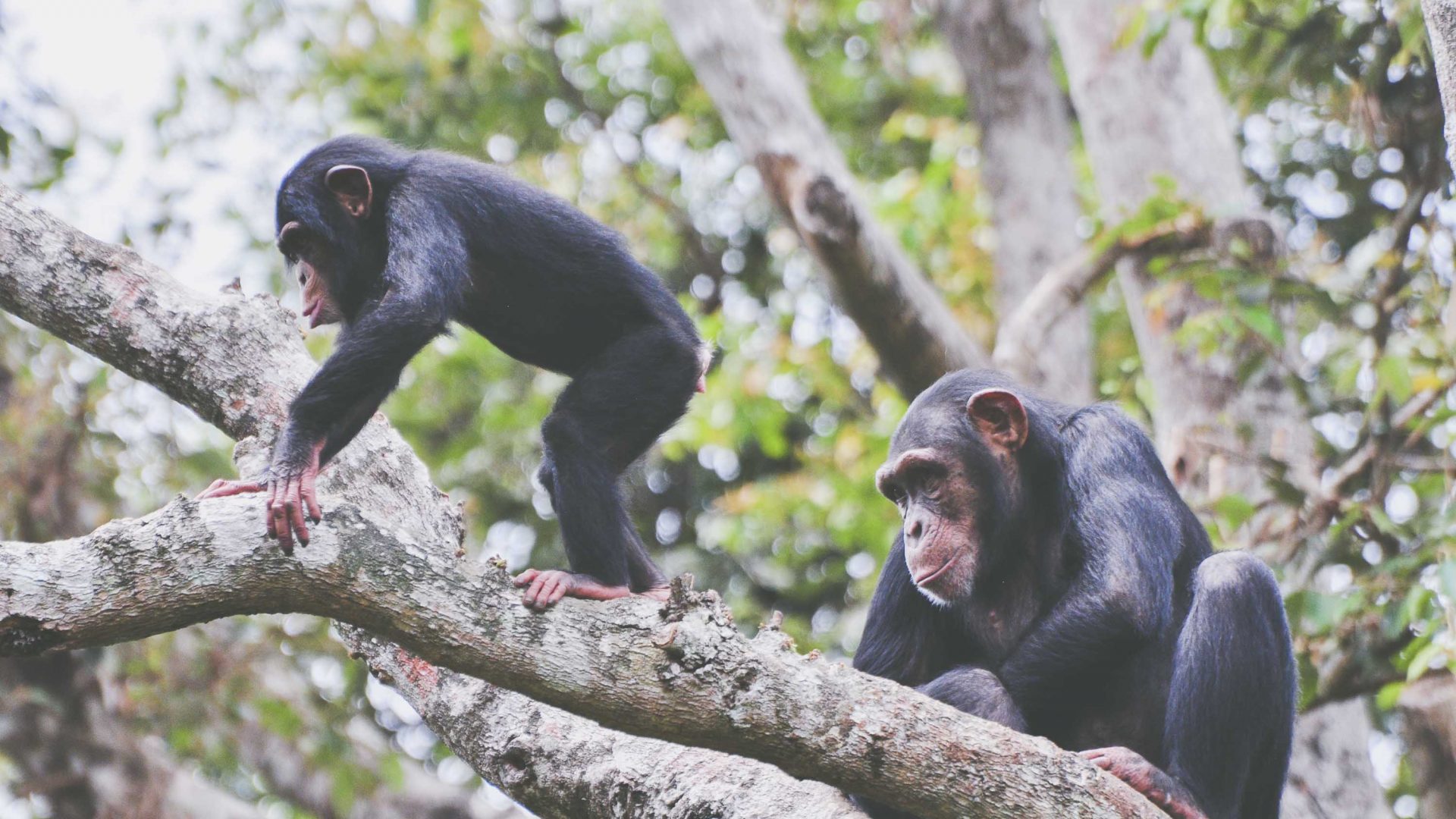
Civil war, conflict diamonds then Ebola ravaged Sierra Leone for the best part of 30 years, but today, this West African nation is on the rise. And it’s the chimpanzee, and the sanctuary saving them, that could be the country’s new savior when it comes to tourism.
Baby Caesar is the most adorable baby I’ve ever laid eyes on. (Apart from all my friends’ and family’s babies, naturally). Wearing a nappy and swaddled by his human surrogate mother, Mama P, this seven-month-old orphaned chimpanzee has found a new home at Tacugama Chimpanzee Sanctuary.
Sierra Leone has had a turbulent past, from the Atlantic slave trade and colonization to independence in 1961, a brutal civil war that lasted over a decade from 1991-2002, the blood diamonds that sponsored it, and Ebola in 2013. The after-effects remain, of course, but the country is now looking ahead. And this chimpanzee sanctuary, south of Sierra Leone’s capital Freetown, is one example.
Tacugama was founded by Bala Amarasekaran and his wife Sharmila after they came across a weak baby chimp tied to a tree while traveling around the country in 1985. They bought him for $20, named him Bruno, and he was soon one of seven chimps they cared for. In need of space, the government of Sierra Leone allotted them 40 hectares of land inside the Western Area Peninsula National Park (WAPNP) in 1995.
In 2019, almost 25 years on, it was during primatologist Jane Goodall’s visit to Tacugama that the government announced the chimpanzee as Sierra Leone’s national animal and new face of tourism—moving away from diamonds. That was huge news, both for the sanctuary which now has 92 chimps, and for the country’s tourism. And now Sierra Leone’s only chimp sanctuary has a revolutionary new development manager, it feels like change is afoot.





